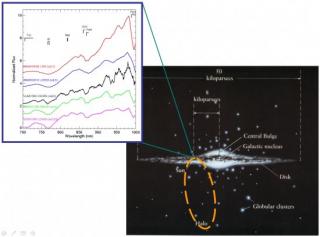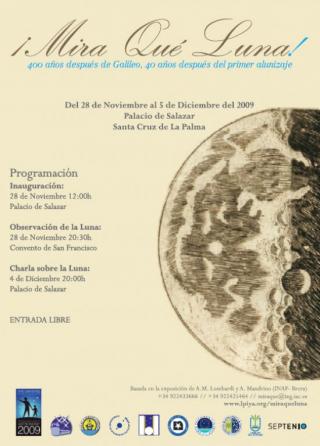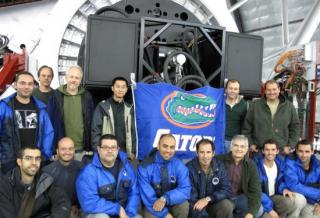Fecha: Martes, 22 de diciembre de 2009Hora: 11’30h Lugar: Organización Mundial del Turismo (Capitán Haya 42, Madrid) La Fundación Starlight, con el apoyo de la UNESCO y la OMT, presenta una iniciativa innovadora para la fusión de turismo y ciencia en destinos turísticos. Esta innovación es la certificación turística Starlight, una alianza entre el turismo y la ciencia, para promover destinos en base a criterios científicos. En este caso, la calidad del cielo nocturno para la observación astronómica y la creación de productos y servicios turísticos que la exploten. A impulsos del Instituto de
Advertised on




